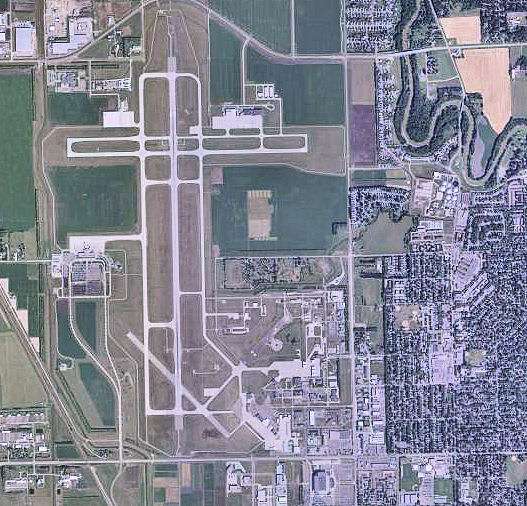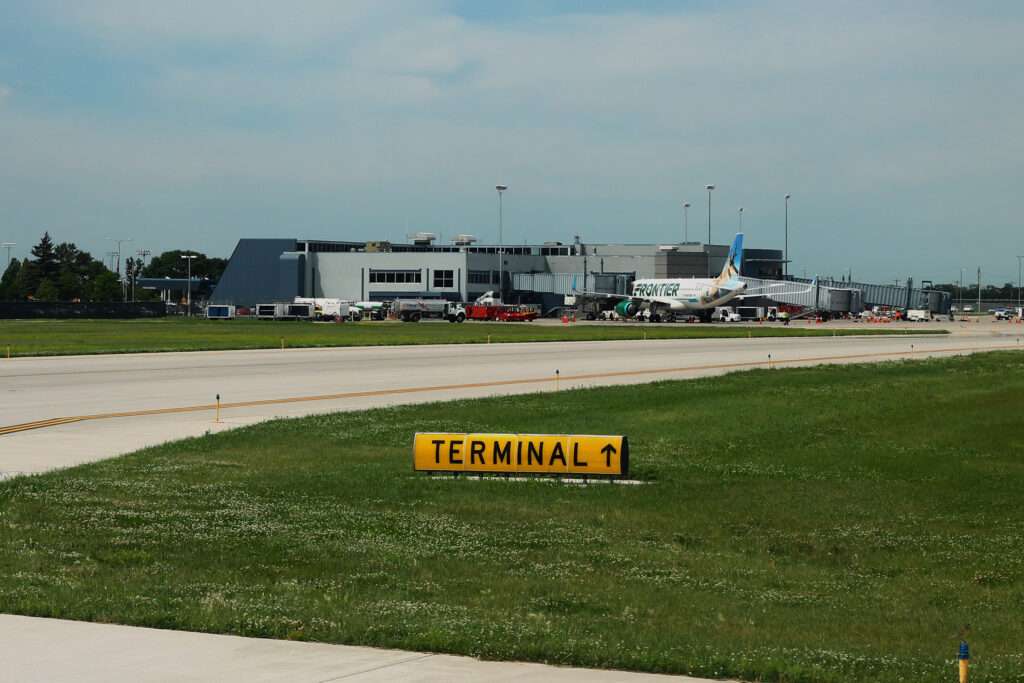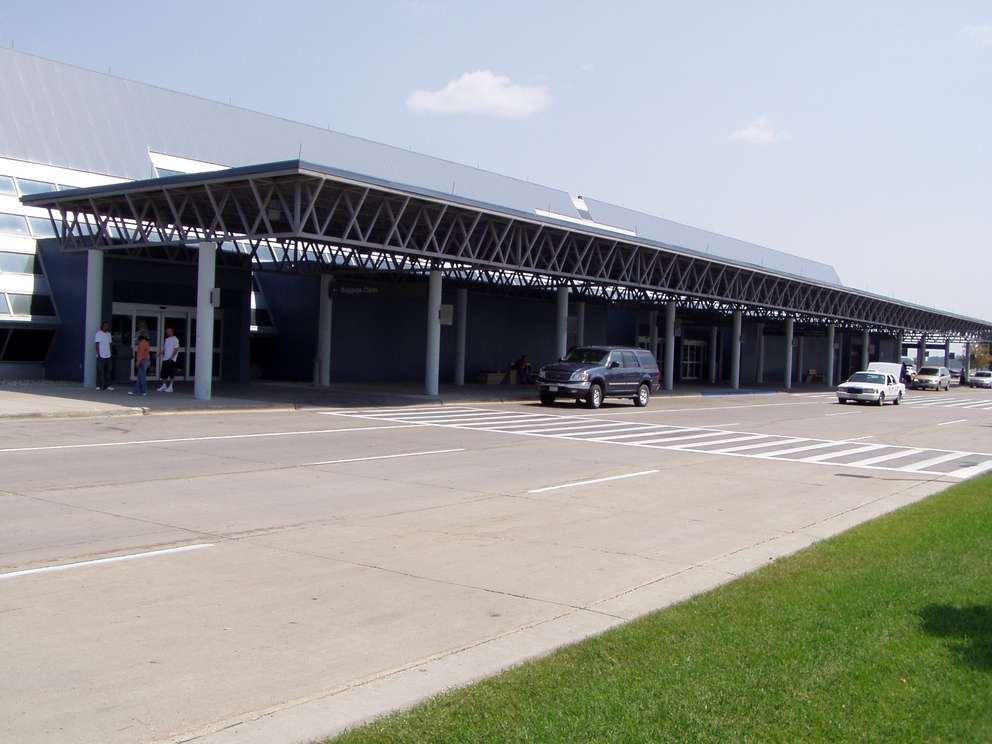Hector International Airport (FAR) in Fargo, North Dakota, boasts the title of the busiest airport in the state.
But its journey from a small airfield to a major transportation hub is a fascinating story that reflects the growth of the region itself.

Taking Flight: The Early Years (1920s-1940s)
The seeds of Hector International Airport were sown in the early 1920s.
Local businessman Martin Hector played a pivotal role by leasing, and later donating, 50 acres of land to the City of Fargo.
This land became the foundation for a fledgling airport.
In 1927, the first airmail service arrived, marking a significant milestone.
However, the airport remained relatively basic throughout the 1930s, primarily catering to private and recreational flying.
World War II, however, ushered in a period of rapid change.
The growing importance of air travel for military purposes led to the expansion of the airport in the 1940s.
The federal government funded the construction of new runways and facilities, transforming the airfield into a strategic military base.
This wartime investment laid the groundwork for Hector’s future development as a commercial airport.
The Post-War Boom and the Rise of Commercial Aviation (1950s-1970s)
The end of World War II saw a surge in commercial air travel.
Hector International Airport, well-positioned due to its wartime expansion, was ready to capitalize on this new era.
The 1950s witnessed the arrival of commercial airlines like Northwest Orient Airlines and Eastern Air Lines, connecting Fargo to major cities across the United States.
The 1960s brought further growth.
The construction of a new terminal in 1962 marked a significant step towards establishing Hector as a regional hub.
This period also saw the introduction of jetliners, which revolutionized air travel by offering faster and more efficient connections.
The Modern Era: Expansion and Diversification (1980s-Present)
The 1980s and 1990s were marked by continued expansion and diversification at Hector International Airport.
New airlines were added, offering passengers a wider range of travel options.
The airport also saw significant investments in infrastructure improvements, including the expansion of terminals and runways.
The Fargo Air National Guard Base, located adjacent to the airport, continued to play a vital role in national security.
This unique co-location of civilian and military aviation facilities presented both challenges and opportunities for Hector’s development.
The 21st century has brought new challenges and opportunities for Hector International Airport.
The events of 9/11 led to increased security measures at airports across the country, including Hector.
However, the airport has also seen continued growth in passenger traffic and the introduction of new destinations.

Today, Hector International Airport is a major transportation hub for North Dakota and the surrounding region.
It serves five major airlines and offers nonstop flights to key destinations across the United States.
The airport also plays a vital role in the local economy, supporting jobs and businesses in the Fargo area.
Looking Ahead: The Future of Hector International Airport
As Hector International Airport looks towards the future, several key factors will shape its development.
The continued growth of the Fargo-Moorhead metropolitan area is likely to drive increased demand for air travel services.
Technological advancements in aviation, such as the development of electric and autonomous aircraft, could also have a significant impact on the airport’s operations.

The airport’s management is committed to staying ahead of the curve by investing in new technologies and infrastructure improvements.
Sustainability is also a growing concern, and the airport is exploring ways to reduce its environmental footprint.
Hector International Airport in North Dakota has come a long way from its humble beginnings as a small airfield.
Through periods of growth and change, it has become a vital transportation hub for North Dakota and the surrounding region.
As the airport looks towards the future, it is well-positioned to continue playing a key role in the economic and social development of the area.

Click the banner to subscribe to our weekly newsleter.

Click the photo to join our WhatsApp channel so then you can stay up to date with everything going on in the aviation industry!









